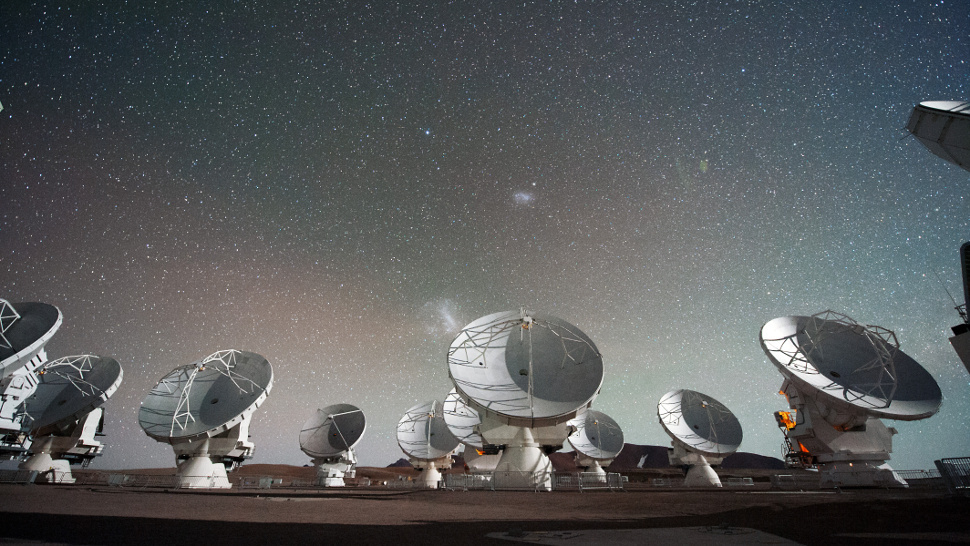On this episode…
We keep advancing in science and space exploration, along this development we have an update to the Drake equation where a team of astronomers has now revised that figure down to 36.
On the other hand falling fertility rates mean nearly every country could have shrinking populations by the end of the century.

In the first topic we will talk about the update on the Drake equation. This is not really a new topic for us, we have discuss before about it and while before have been mentioned that there could be out there 42 civilizations, now a team of astronomers has revised that figure down to 36. More precisely, they say that among the several hundred billion stars in the Milky Way, there reside, roughly, three dozen civilizations advanced enough to communicate with us.
The downside is that our nearest neighbor is likely to be 17,000 light-years away, making communication virtually impossible.
Errata: During the episode we mentioned the book Childhood’s End, the correct author is Arthur C. Clarke. We discussed Asimov right before recording and I think it just stayed in our minds!
Links:
In our second topic we talk about a very interesting topic: The fertility rate nowadays. Experts are predicting “Jaw Dropping” global crash of children being born.
We are lucky to have once again our friend Denise B. (composer of the intro music of our podcast)
The global fertility rate is about half of what it was in 1950. According to the report, women had an average of 4.7 children in 1950, compared to a 2.4 average in 2017. By 2100, the researchers predicted it will fall below 1.7.
The study suggests the global population will continue to increase until about 2064 and peak at about 9.7 billion, Breaking News Ireland reports. Afterward, they predicted it will begin to fall rapidly, especially in Asia and eastern Europe.
It has nothing to do with sperm counts or the usual things that come to mind when discussing fertility.
Instead it is being driven by more women in education and work, as well as greater access to contraception, leading to women choosing to have fewer children.

Links:





